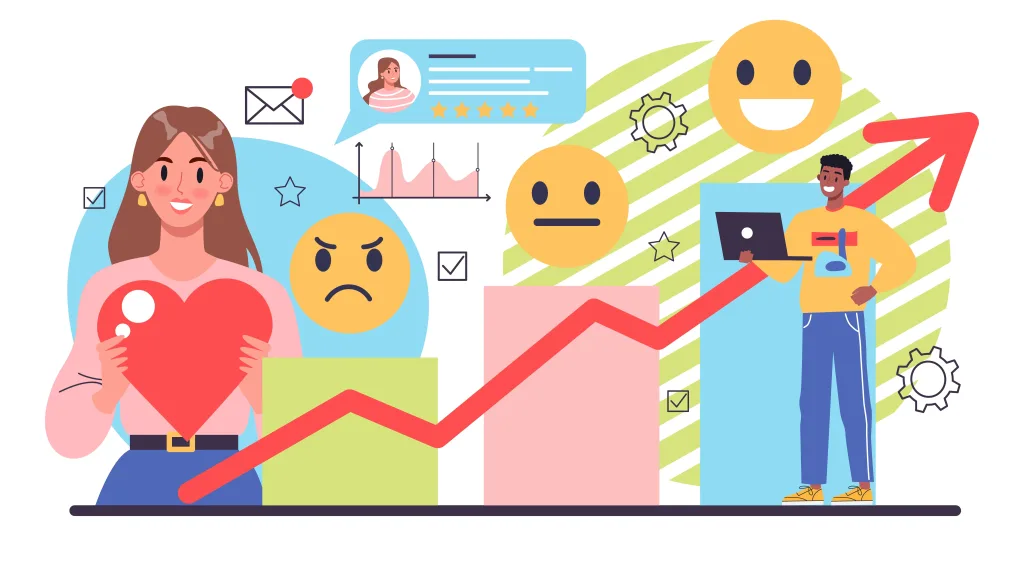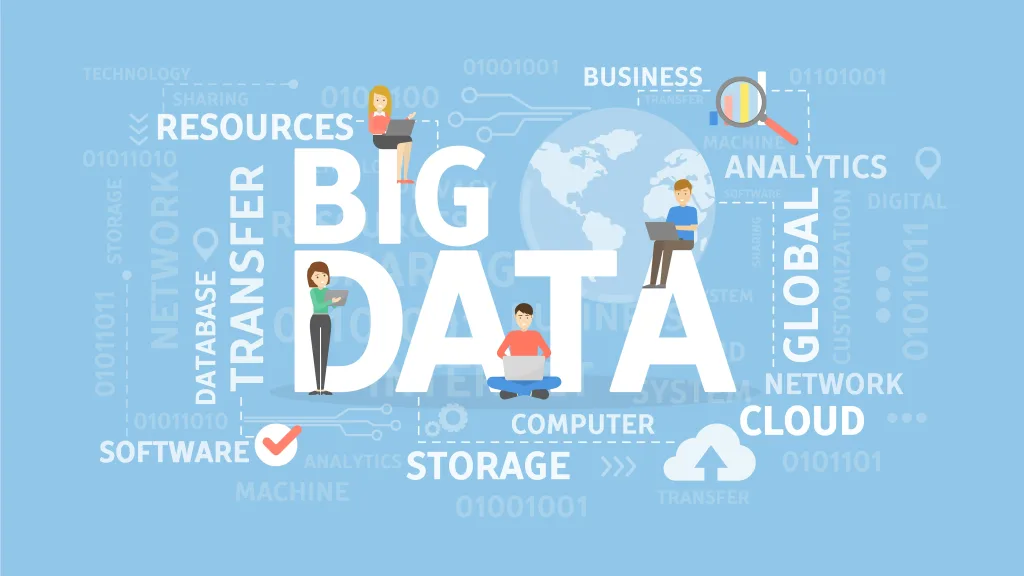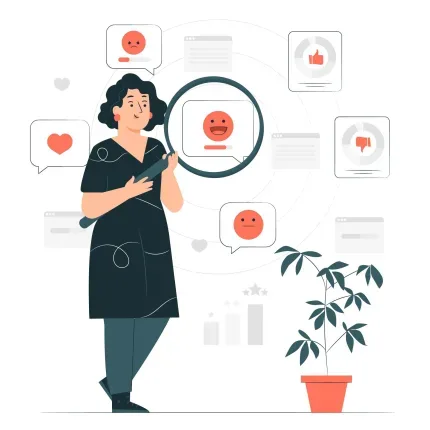Contents
- What is sentiment analysis?
- Sentiment analysis challenges
- Why is sentiment analysis important?
- How does sentiment analysis benefit businesses?
We consume data in every possible way. That’s a fact, and here’s another one: there’s no turning back.
Whatever we do—from shopping to swiping, blogging to commenting, sharing to subscribing—we leave a trail behind. Now, this trail of information (Big Data!) has revolutionised how businesses make predictive choices.
Sentiment analysis takes it up a notch by making sense of all the “noise”!

What Is Sentiment Analysis, Anyway?
Conversations are not mere verbal exchanges. They are more about interpreting what is being said than merely listening. This is exactly what sentiment analysis seeks to highlight: the difference between what people say and what they actually mean.
Sentiment analysis, also known as Opinion Mining, is a machine learning and natural language processing (NLP) task centered around deducing subjective qualities (such as emotions, opinions, attitudes, tone, sarcasm, etc.) from the text.
Sentiment analysis is used to determine whether opinions, emotions, attitudes, and perceptions about a product, business, or brand are positive, negative, or neutral.
Sentiment analysis can help you understand your audience better. This technology collects, monitors, and analyzes opinions about products and business services via online mentions (blogs, comments, discussions, feedback, etc.) across channels in real-time.
That’s why Big Data and Sentiment Analysis is the “Dream Team” every business should leverage for a better ROI in 2023!
As per, Jonathan Schmidt, Sr Principal, Advisory in the Gartner Customer Service & Support practice- “Understanding customers’ needs and expectations for their service experience is integral for improving loyalty and creating customer value, especially when organizations are up against economic headwinds. Executing on this vision requires investment in customer data and analytics, knowledge management, and an enduring partnership with IT.”
But sentiment analysis is far from hitting the bull’s eye in offering accurate insights all the time.
Read on to find out: Why sentiment analysis is difficult?
Well, it took approximately 2 million years for human speech to evolve; even the machine can’t beat that.
Another important thing is the absence of emotions, which makes sentiment analysis one of the most challenging areas of AI. Grammar, the figures of speech, accents, slang, and the overall complexities of human language make sentiment interpretation a daunting task.
Subjectivity is yet another obstacle. For instance, the word “cool”. It means moderately cold—what a cool evening. But it is also used as slang to compliment or describe something as awesome or good—that outfit is so cool. Alternatively, “cool” can also be used casually to show approval: “Okay, cool.” To understand and interpret all the sentiments and varying usages, the machine needs to learn context and intentions.
Irony, humour, sarcasm, and scepticism—there’s a lot of learning left for the machine. After all, they aren’t really known for their wits!

When sentiment analysis is so flawed, why do we even need it?
Why is sentiment analysis important?
Despite its flaws and challenges, sentiment analysis has achieved significant implications in the modern technology sphere; Social Media is the best example!
Customer satisfaction is undoubtedly the foundational essence of any thriving business. With digitalization and growing competition, customer opinions have become more powerful. In such a scenario, social media sentiment analysis is a boon. It can help you enormously with efficient targeting and better brand management.
Sentiment analysis technology can help your business grow by telling you what customers like or dislike about your services, products, and brand in general.
It filters out the noise and helps you hear customer voices (which sometimes might get lost because they are not active commenters, but now that they are typing, listening has become much easier!). This sentiment analysis feature offers a balanced and comprehensive analysis of your audience’s opinions and sentiments concerning your business and products in real-time.

Marketing Evolution in 2023
If you look at the shift in marketing, you will notice that gone are the days when marketers could manipulate how a product was perceived. Now, it is more about what the customers or audience want.
Audience opinions have become pivotal. And that’s where the dream team—big data and sentiment analysis- makes its mark.
This duo can help you offer unmatched personalised brand experiences, resulting in increased revenue, an engaged customer base, reduced costs, minimised risks, keeping an eye on competitors, and seizing better business opportunities.
Discussion

Big data and social media are no longer mere luxuries. This team is becoming a foundational necessity for making informed predictions or decisions. All because of the ever-increasing social media usage, resulting in massive data generation.
Website rankings, social media monitoring, online traffic analytics, etc., are some top big data and social media metrics that are becoming popular amongst businesses worldwide.
The catch here is the real-time feedback. It is the ultimate wealth of any business.
But big data and sentiment analysis cannot guarantee success unless you are willing to listen!
What is your take on this? Tell us in the comments below.
If you are ready to leverage sentiment analysis to improve your brand’s value online, get in touch with our experts today.
